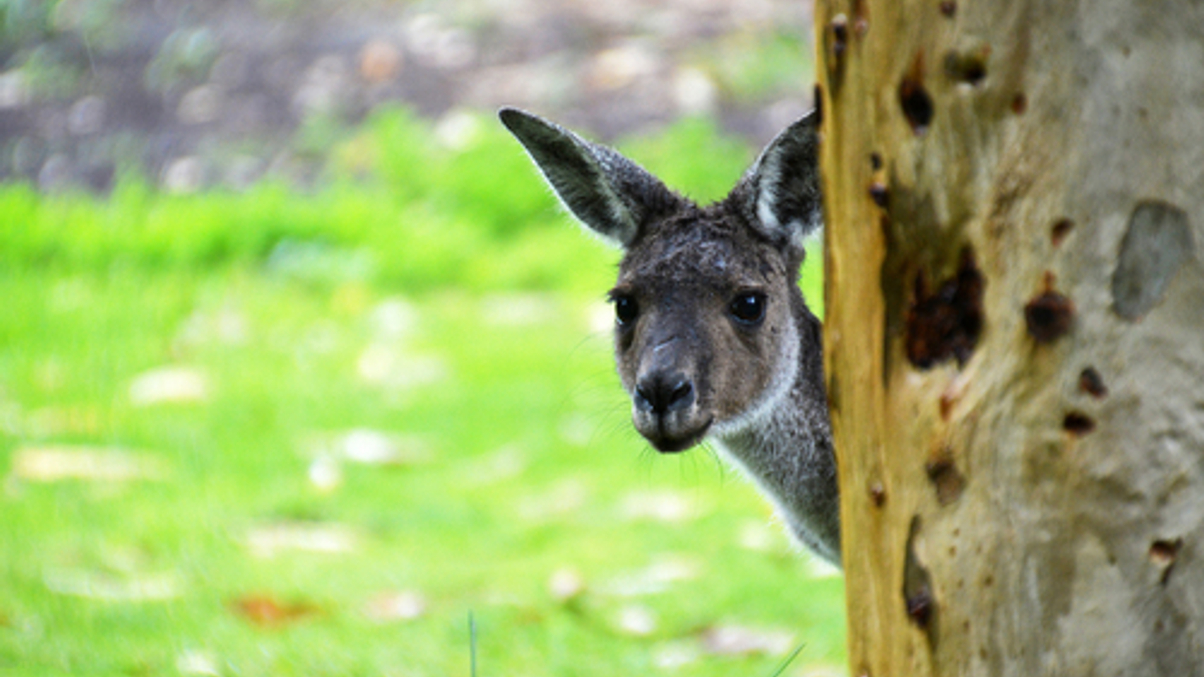Australian asset owners seen turning defensive
Pension funds and other institutional investors in the country are exploring different options for coping with a potential jump in volatility in global markets.

While the global economic growth outlook is still largely positive for equity markets over the short term, asset owners in Australia have been starting to take risk off the table and apply some protection to their portfolios.
Sign in to read on!
Registered users get 2 free articles in 30 days.
Subscribers have full unlimited access to AsianInvestor
Not signed up? New users get 2 free articles per month, plus a 7-day unlimited free trial.
¬ Haymarket Media Limited. All rights reserved.


